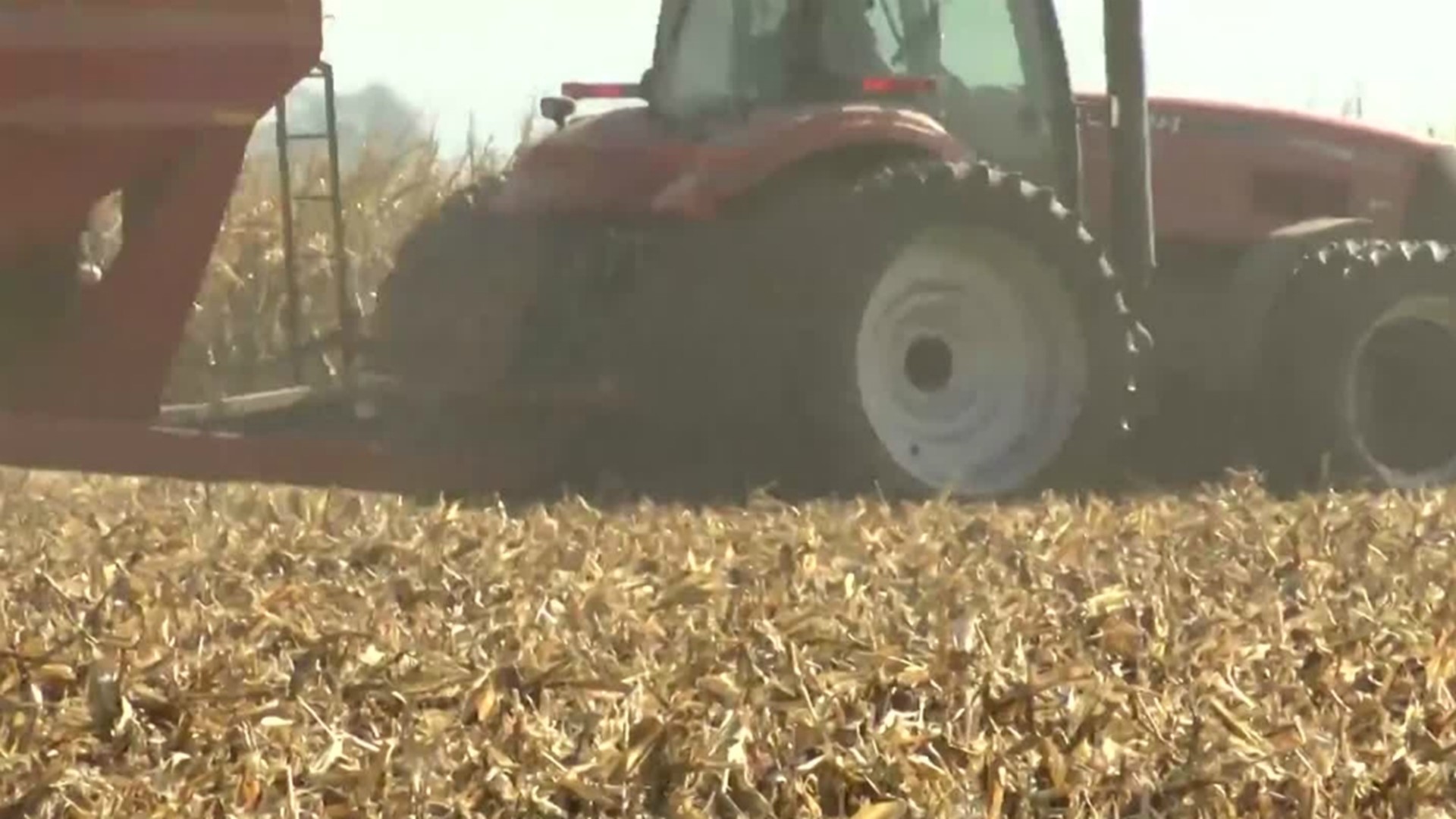LEWISTON, Maine — Many have heard of, and used, a farmers' almanac, but did you know that there are two different ones?
The "Old Farmer's Almanac" and the "Farmers' Almanac" have both been around for more than 200 years. While there are a lot of similarities, there are a few key differences.
The "Old Farmer's Almanac" was first published in 1792, and it was edited by Robert B. Thomas. Thomas continued to be the sole editor until his death in 1846.
Thomas' successor, John H. Jenks, added the word "old" to the title so it would stand out from the others. Today, the "Old Farmer's Almanac" is the oldest continuously published periodical in the country, according to its website.
Thomas believed that weather was influenced by magnetic storms on the sun's surface. Due to that belief, the weather predictions made in this almanac are based on solar activity, prevailing weather patterns and meteorology.
In recent years, the use of satellite data has been added into the "formula" to make predictions, along with jet stream patterns and ocean temperature records.
The outlined forecasting formula they have been using is said to be locked in a box at their headquarters in Lewiston, Maine.
The weather predictions made in this almanac are based 18 months in advance for 18 regions in the United States: the Northeast, Atlantic Corridor, Appalachian, Southeast, Florida, Lower Lakes, Ohio Valley, Deep South, Upper Midwest, Heartland, Texas-Oklahoma, High Plains, Intermountain, Desert Southwest, Pacific Northwest, Pacific Southwest, Alaska and Hawaii.
The "Farmers' Almanac" was first published in 1818 and edited by David Young, a poet, teacher and astronomer. Young created his forecasting formula by combining mathematical and astronomical equations, including solar activity, lunar tidal activity and the position of the planets.
What really sets this almanac apart from the other one is that satellite data is not used in the weather forecasting process. The "Farmers' Almanac" has stayed true to Young's formula, which is made at the almanac's headquarters in Dublin, New Hampshire.
The current forecaster's name is kept under the pseudonym Caleb Weatherbee, and they are the only one that knows the formula to forecasting.
The weather predictions made for this almanac are based 16 months in advance for only seven climate zones in the United States: Northeast & New England, Great Lakes & Ohio Valley & Midwest, Southeast US, North Central US, South Central US, Northwest US and Southwest US.
How similar are the two almanacs?
While the two almanacs do have similarities, their long-term weather predictions are not always the same.
For example, the "Old Farmer's Almanac" is calling for a mild and dry winter for the western half of Iowa and a mild and snowy winter for the eastern half in 2024-2025. In contrast, the "Farmers' Almanac" is calling for a cold winter with average snowfall.

